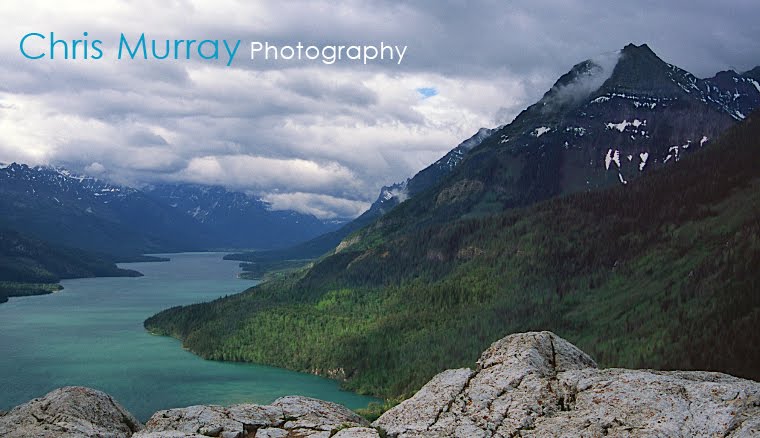 |
| Great Bend at sunset |
I had scouted this location the evening before, having made the shot you see here. Since the view is to the east I knew it would be much better at sunrise, although this version stands up well on its own. I arrived a good 45 minutes before the sun was up to get in place and have everything ready. Given the very high dynamic range of the scene (bright sky, dark foreground) I knew one exposure was not going to cut it, and in fact three was barely enough to record the range of light in the scene. As many of you (or the few of you who read this) may suspect this is an HDR image composited from five exposures. (I am a fan of HDR as a process, but I don't like the HDR "look" that is so prevalent these days). The sky was so bright relative to the foreground that I also used a 2-stop soft graduated neutral-density filter, something I carry in my arsenal but rarely use these days. The low light and smaller aperture necessary for depth of field meant that the entire time required to obtain five bracketed exposures was several seconds. Fortunately there was little wind this particular morning, otherwise things would have been much more difficult.
I always shoot in RAW, so on the processing end I converted each RAW file to a 16 bit TIFF file and then ran them through Photomatix to obtain the HDR image.
While this was a somewhat technically difficult shot, it by no means was
unusual. Shooting at the edge of light often requires these steps.
Here are the particulars:
5 exposures, separated by one stop (-2, -1, 0, +1, +2)
f/11
focal length 24mm
ISO 250

